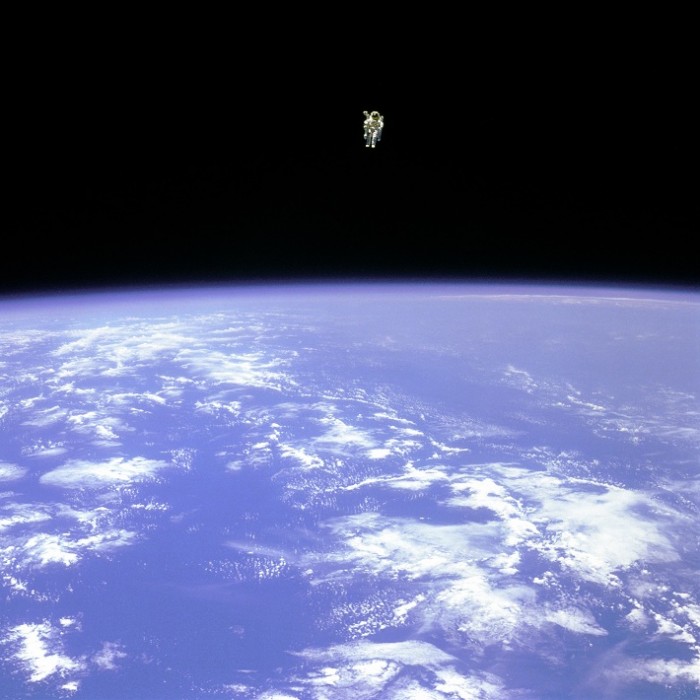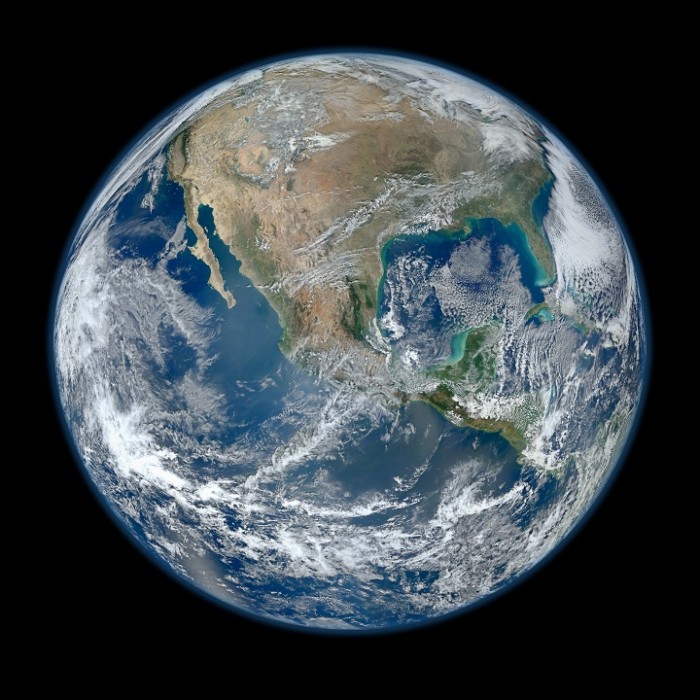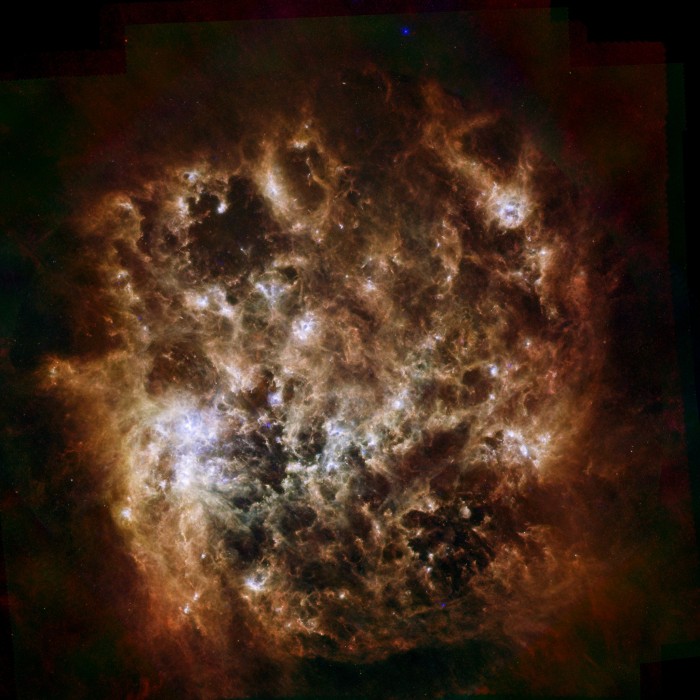Facing NGC 6946
From NASA APOD:
From our vantage point in the Milky Way Galaxy, we see NGC 6946 face-on. The big, beautiful spiral galaxy is located just 10 million light-years away, behind a veil of foreground dust and stars in the high and far-off constellation of Cepheus. From the core outward, the galaxy’s colors change from the yellowish light of old stars in the center to young blue star clusters and reddish star forming regions along the loose, fragmented spiral arms. NGC 6946 is also bright in infrared light and rich in gas and dust, exhibiting a high star birth and death rate. In fact, since the early 20th century at least nine supernovae, the death explosions of massive stars, were discovered in NGC 6946. Nearly 40,000 light-years across, NGC 6946 is also known as the Fireworks Galaxy. This remarkable portrait of NGC 6946 is a composite that includes image data from the 8.2 meter Subaru Telescope on Mauna Kea.
IC 2118: The Witch Head Nebula
From NASA APOD:
Double, double toil and trouble; Fire burn, and cauldron bubble — maybe Macbeth should have consulted the Witch Head Nebula. This suggestively shaped reflection nebula is associated with the bright star Rigel in the constellation Orion. More formally known as IC 2118, the Witch Head Nebula glows primarily by light reflected from bright star Rigel, located just below the lower edge of the above image. Fine dust in the nebula reflects the light. The blue color is caused not only by Rigel’s blue color but because the dust grains reflect blue light more efficiently than red. The same physical process causes Earth’s daytime sky to appear blue, although the scatterers in Earth’s atmosphere are molecules of nitrogen and oxygen. The nebula lies about 1000 light-years away.
Blue Marble 2012 - Earth in Ultra-High Resolution
The full version (which, I’m warning you, is very, very large—16MB!) is so fascinating to look at. I think that, if I squint, I might be able to see my house!
After looking at this image for a bit, you’ll be all set to watch this.
via NASA
Infrared Portrait of the Large Magellanic Cloud
From NASA APOD:
Cosmic dust clouds ripple across this infrared portrait of our Milky Way’s satellite galaxy, the Large Magellanic Cloud. In fact, the remarkable composite image from the Herschel Space Observatory and the Spitzer Space Telescope shows that dust clouds fill this neighboring dwarf galaxy, much like dust along the plane of the Milky Way itself. The dust temperatures tend to trace star forming activity. Spitzer data in blue hues indicate warm dust heated by young stars. Herschel’s instruments contributed the image data shown in red and green, revealing dust emission from cooler and intermediate regions where star formation is just beginning or has stopped. Dominated by dust emission, the Large Magellanic Cloud’s infrared appearance is different from views in optical images. But this galaxy’s well-known Tarantula Nebula still stands out, easily seen here as the brightest region to the left of center. A mere 160,000 light-years distant, the Large Cloud of Magellan is about 30,000 light-years across.




